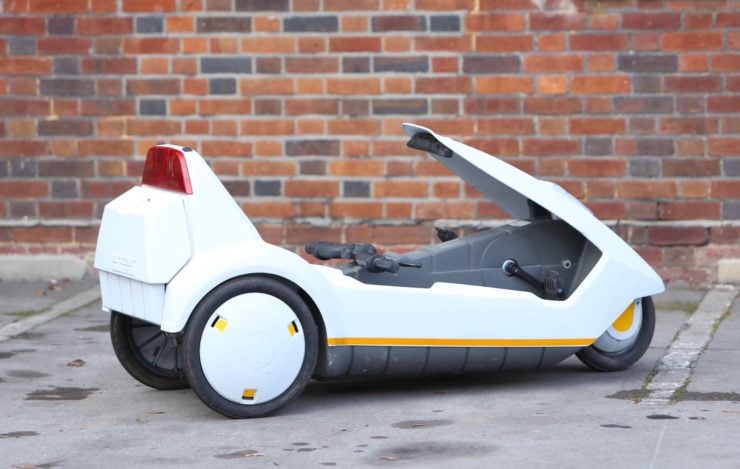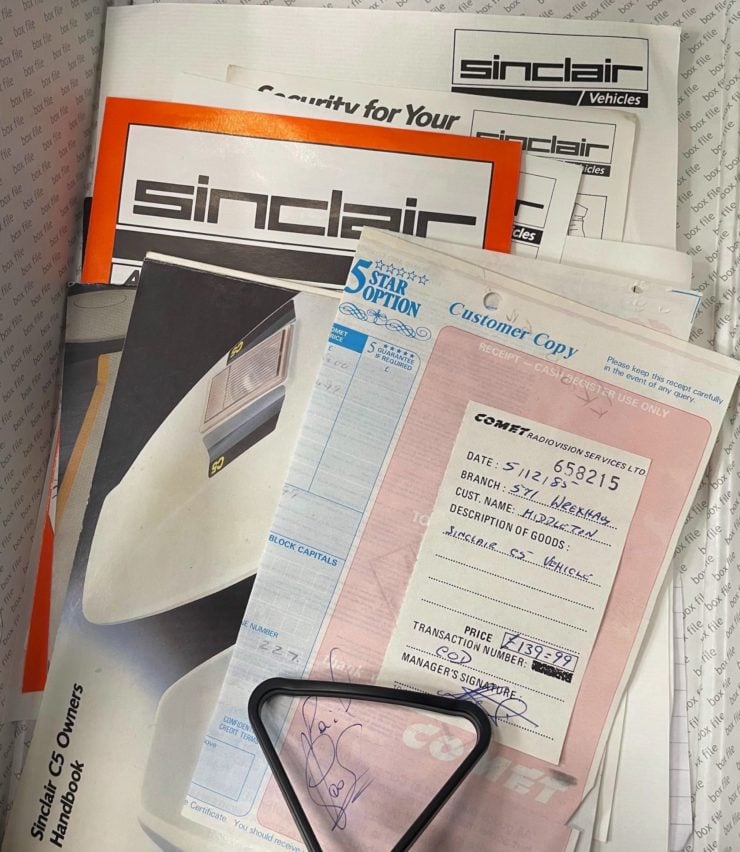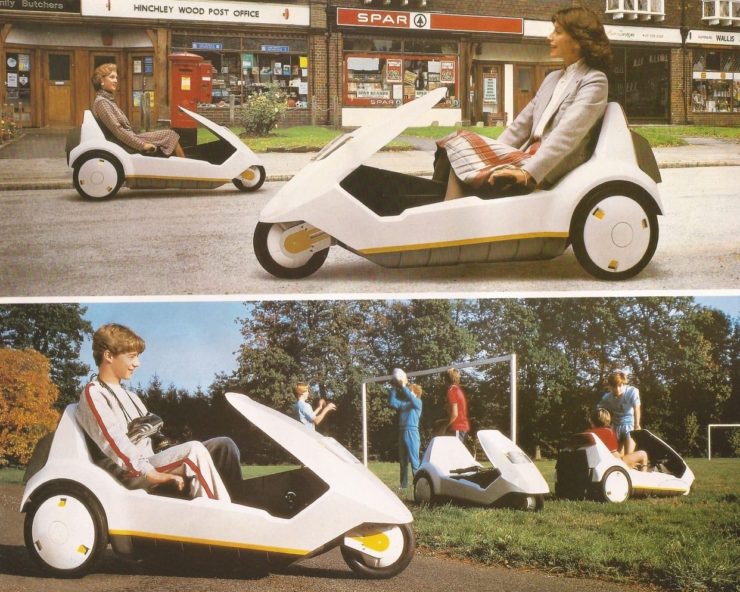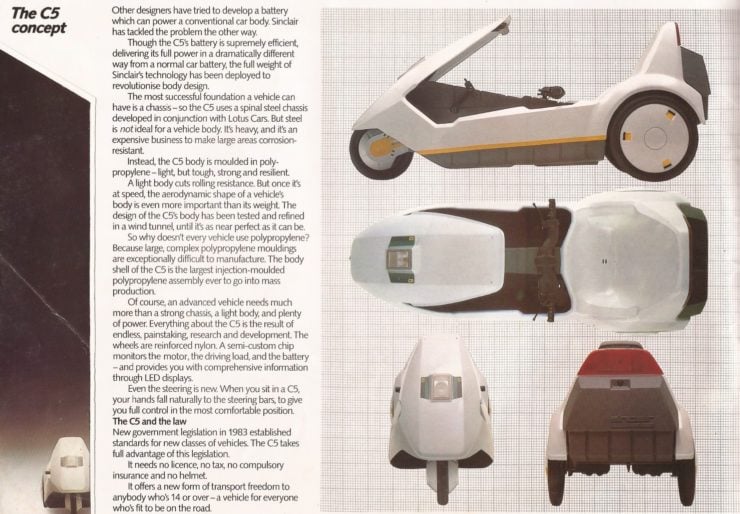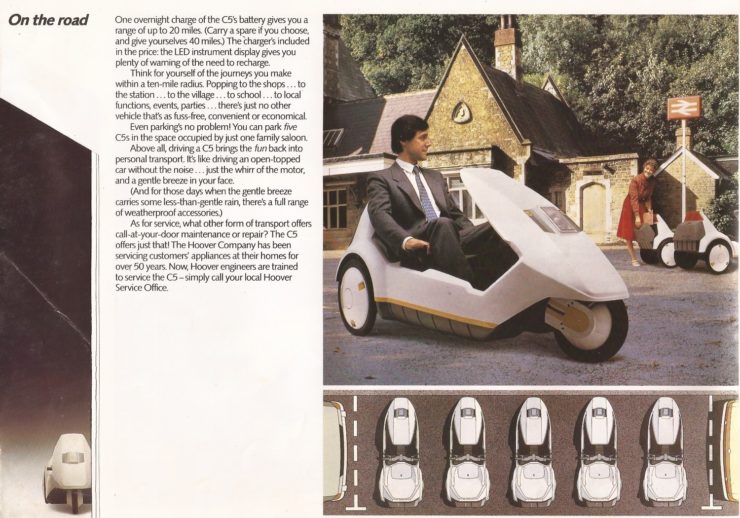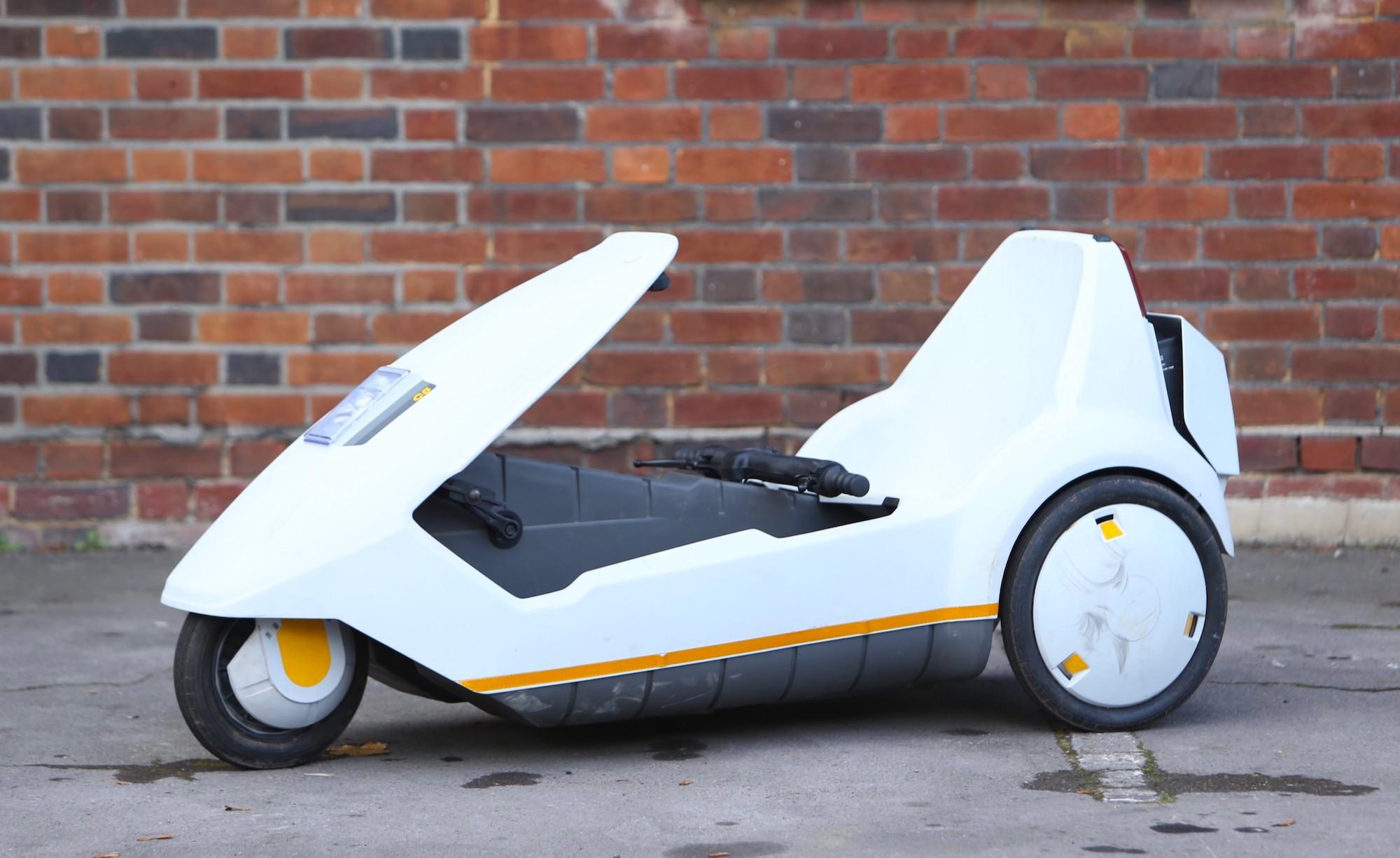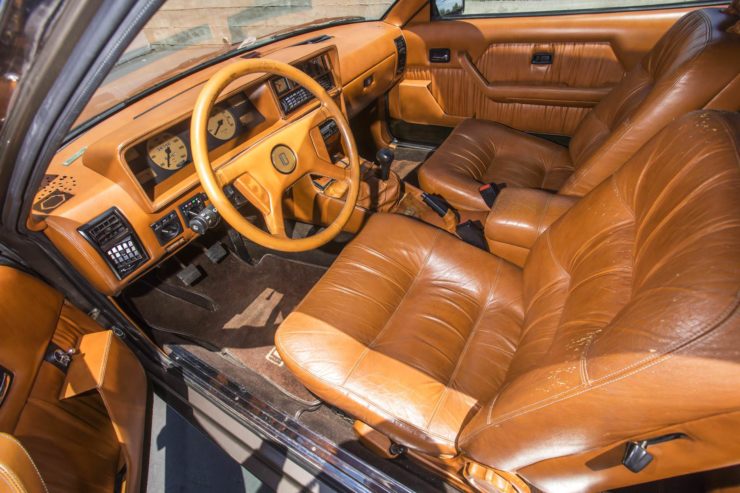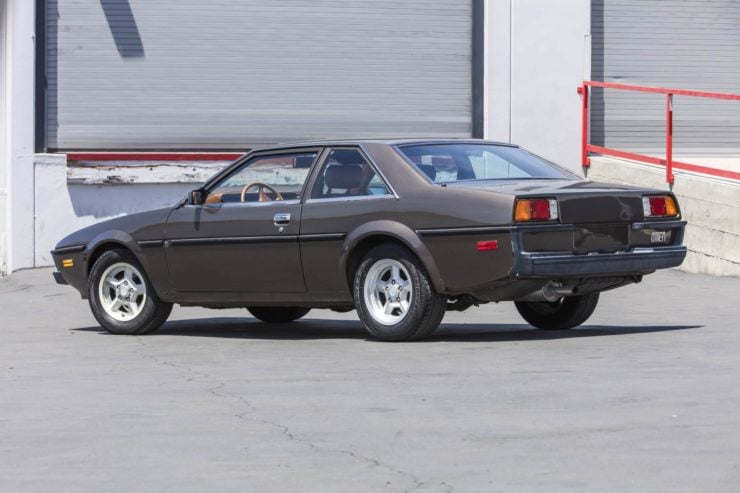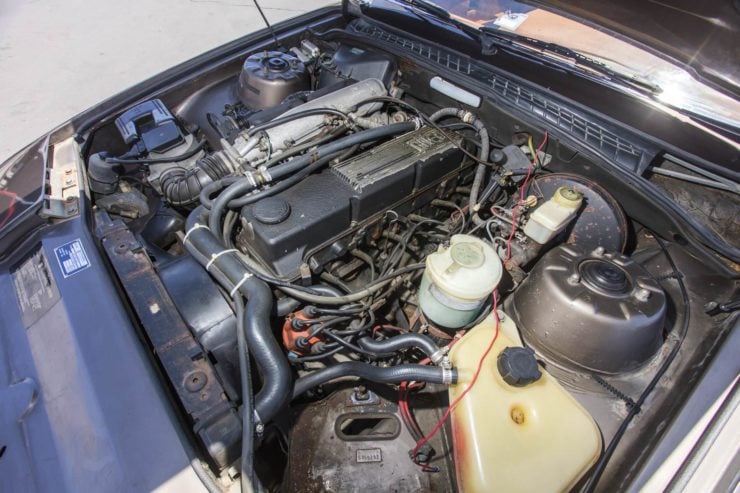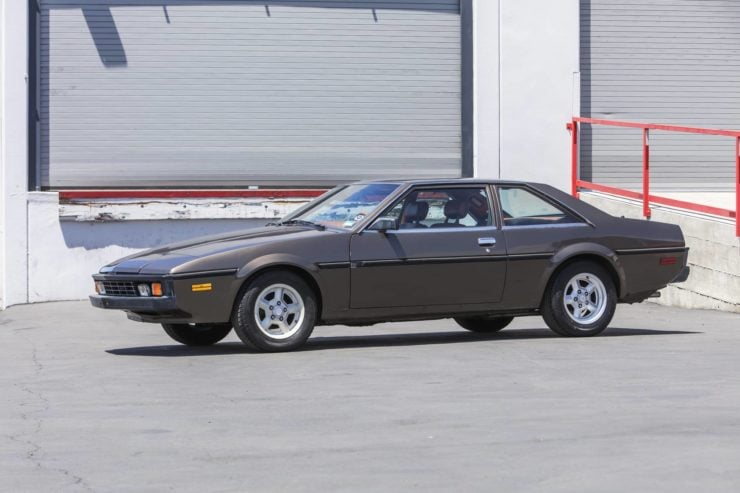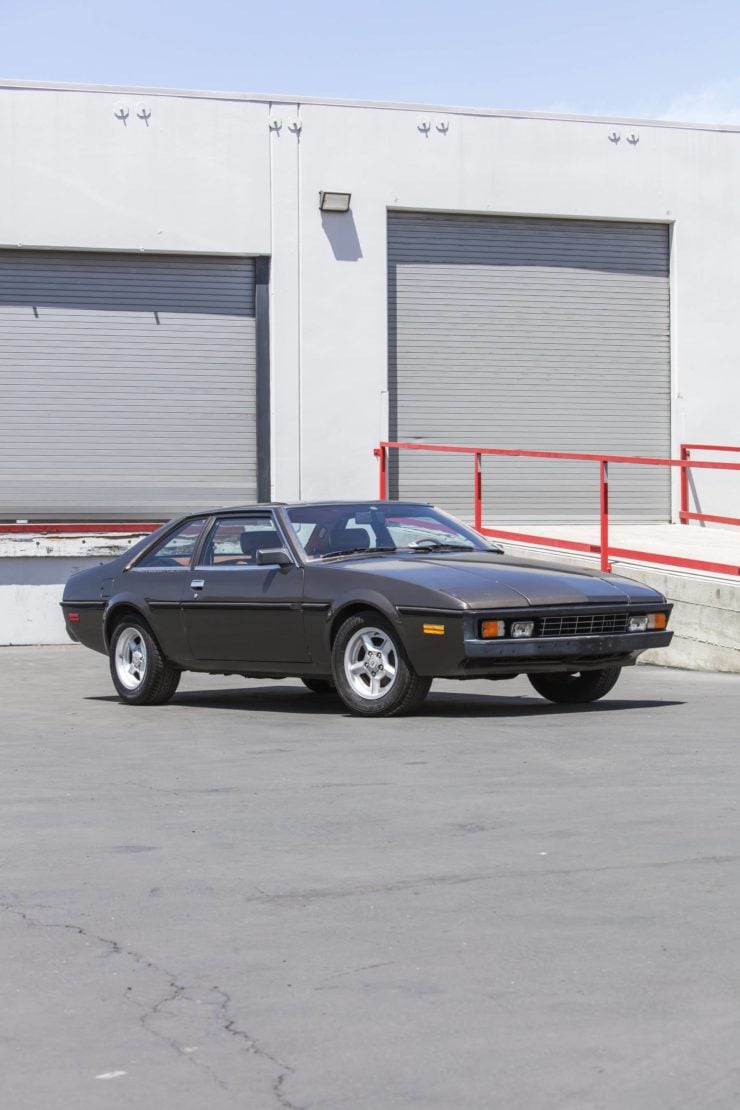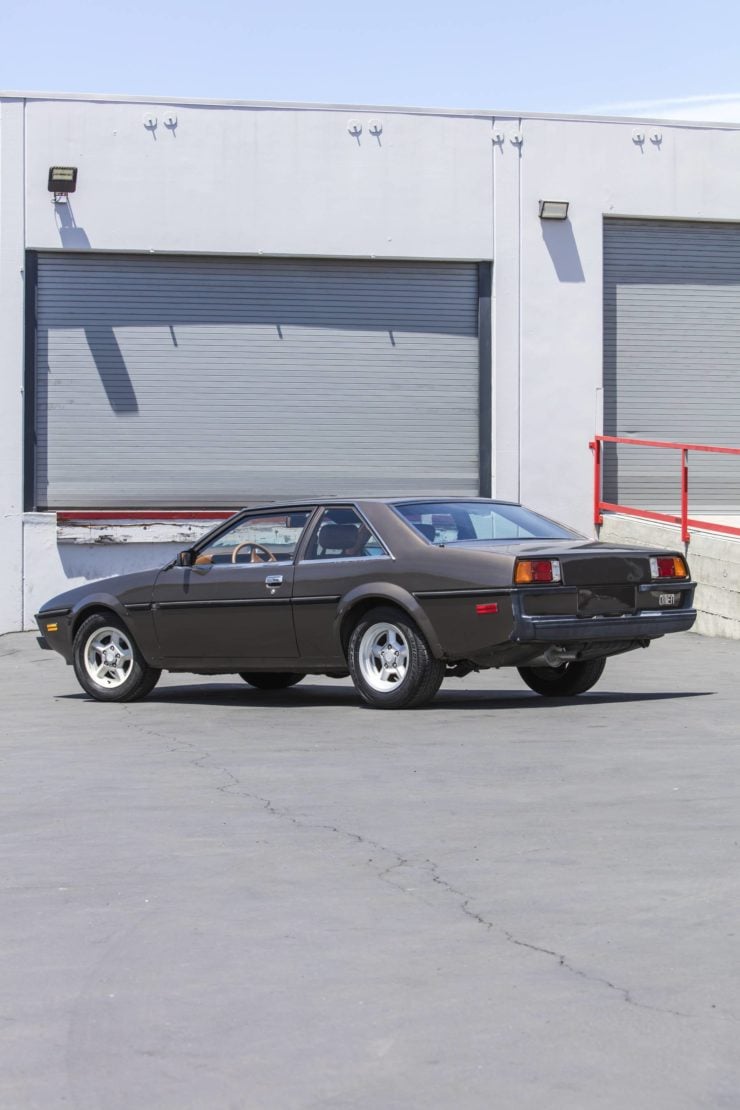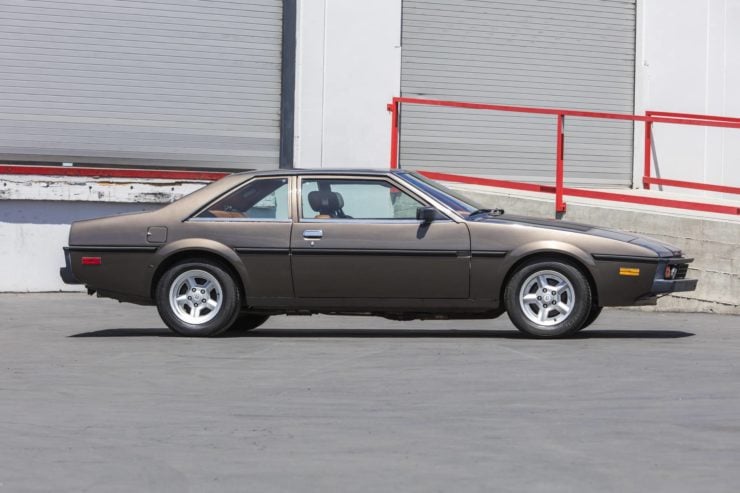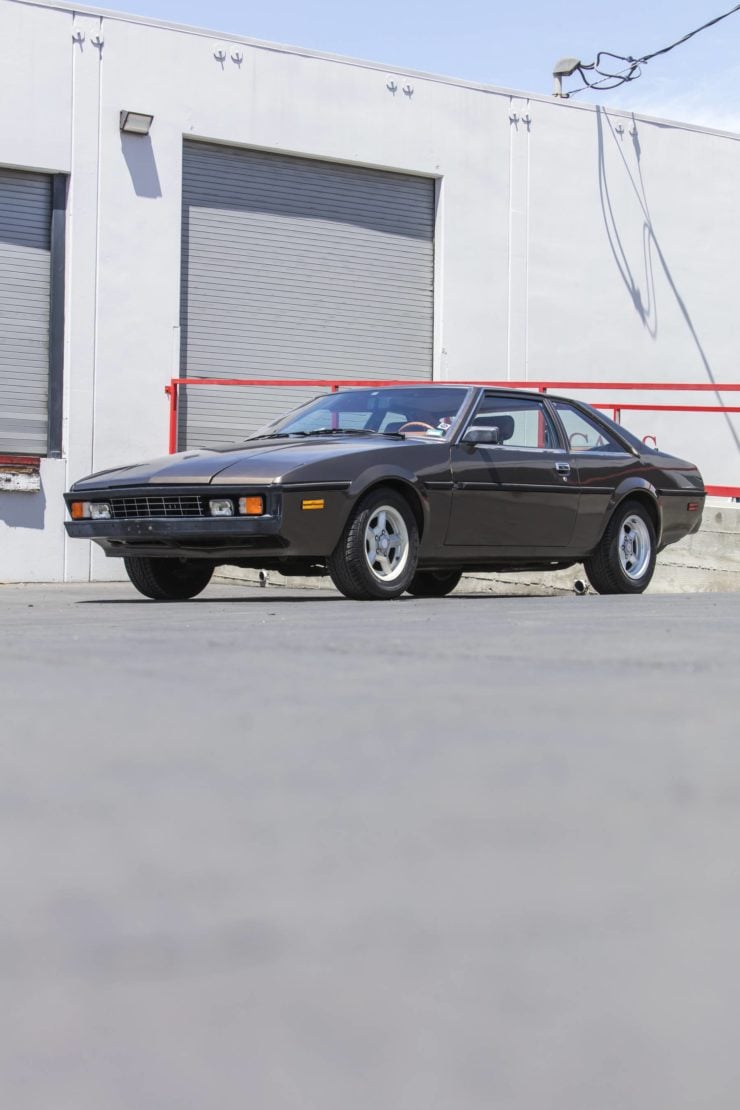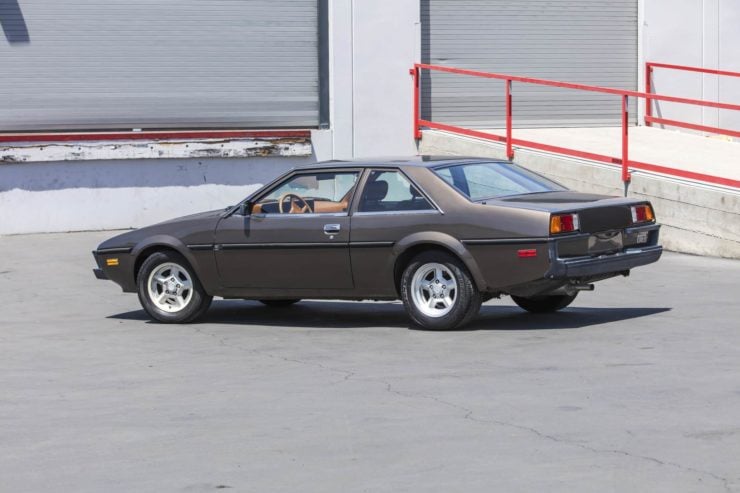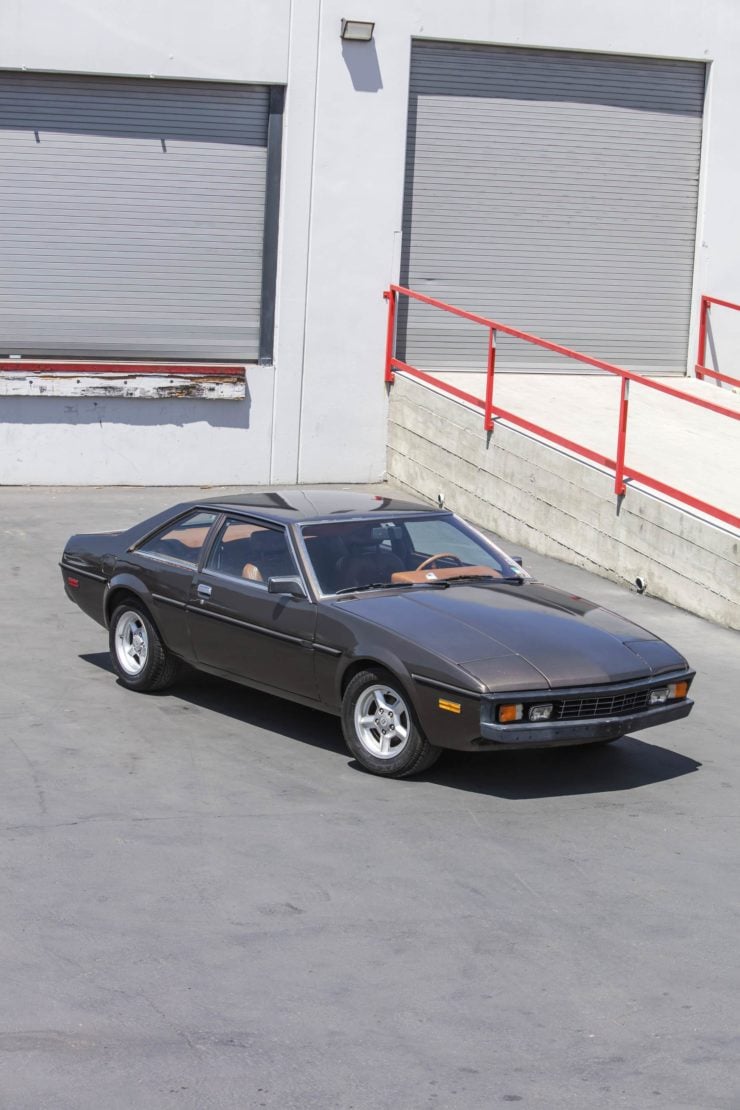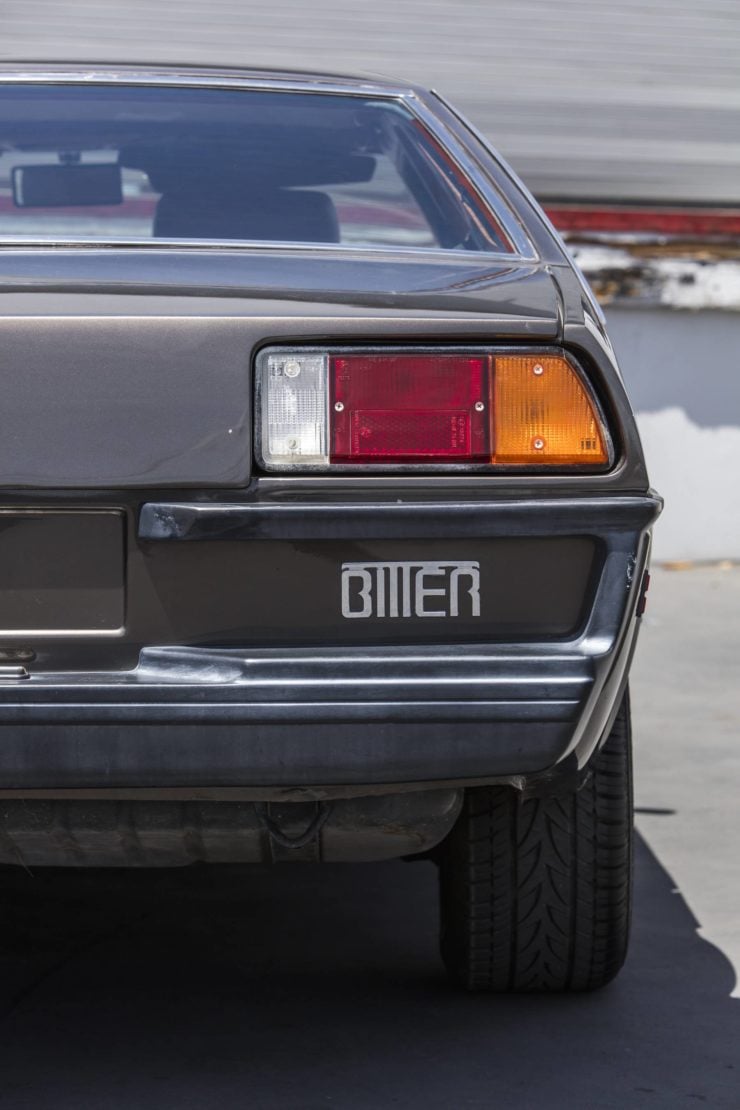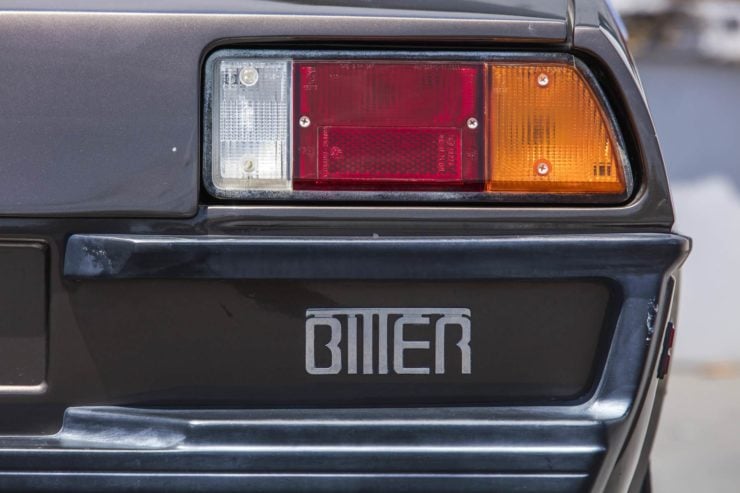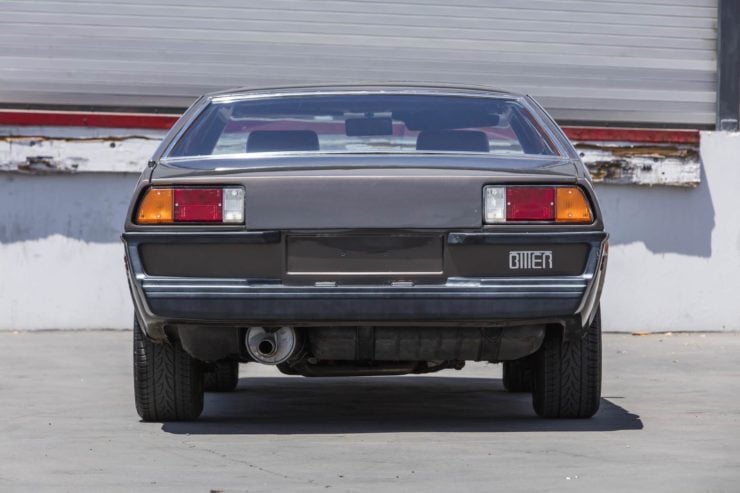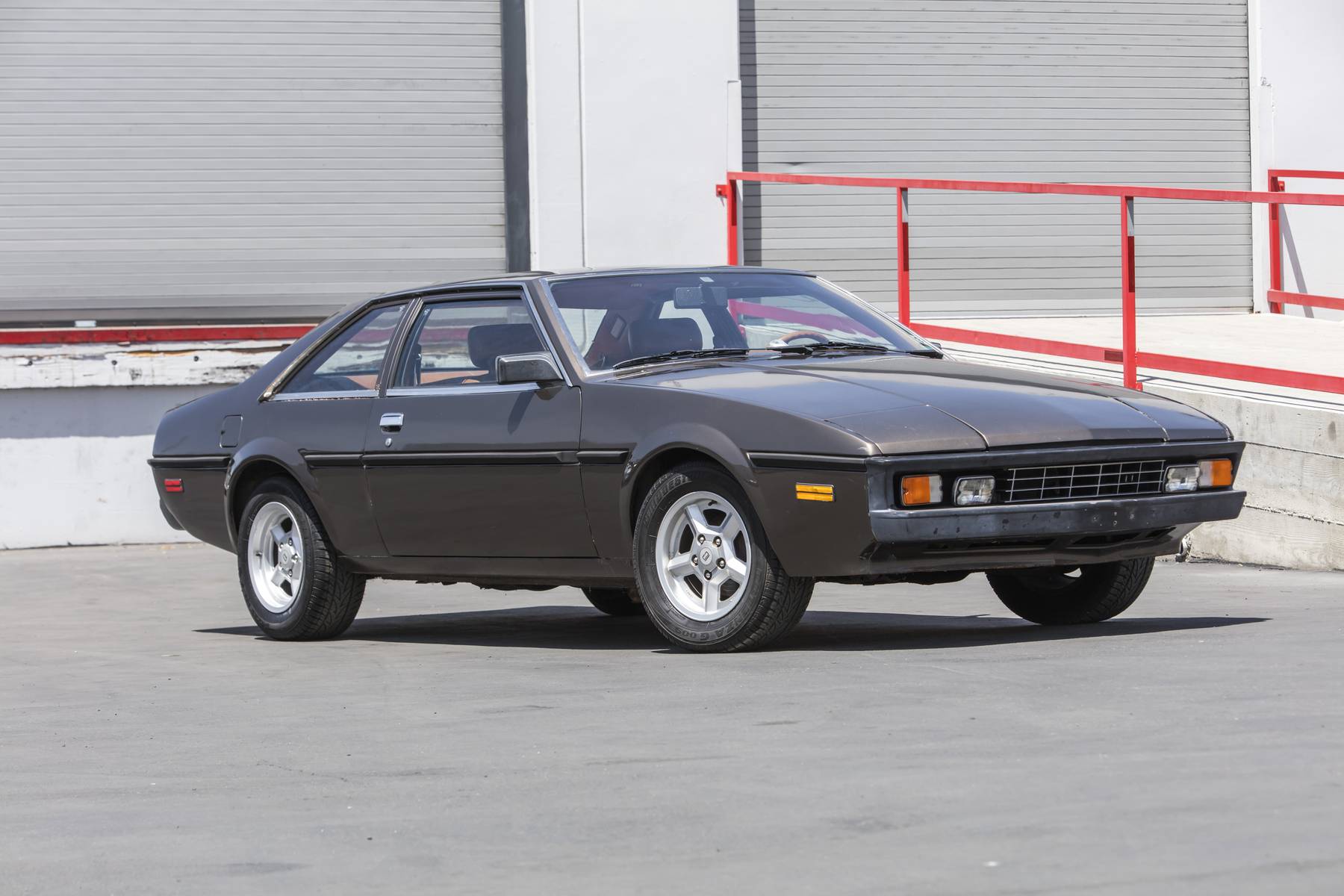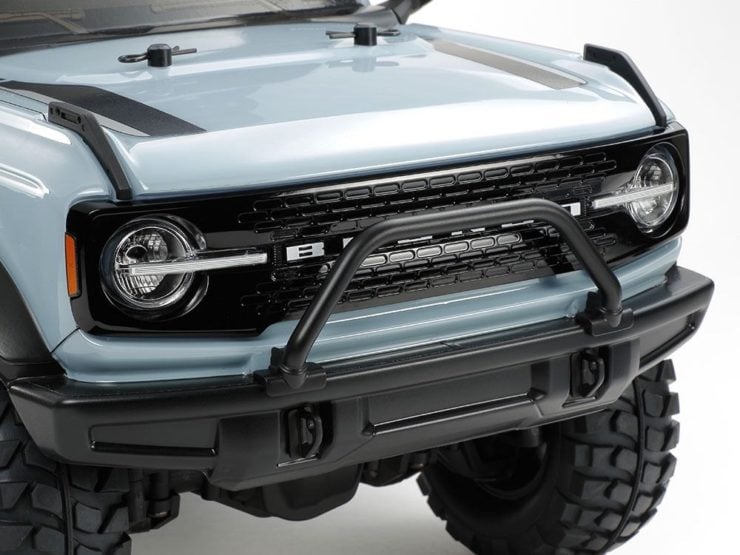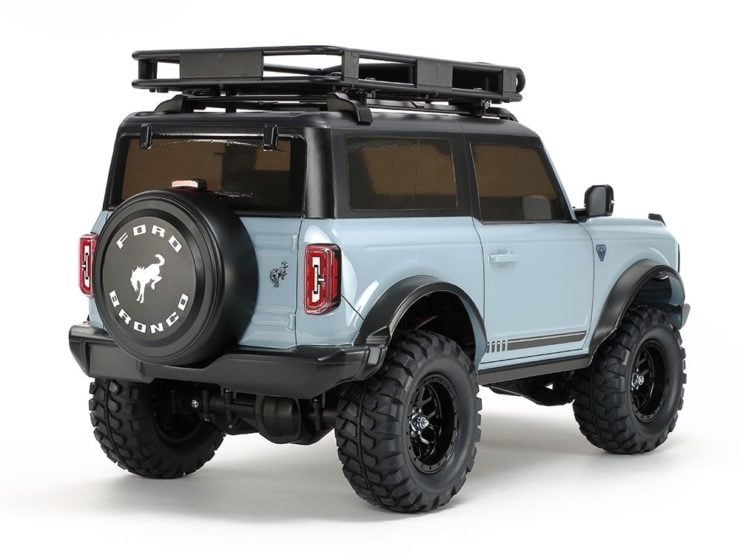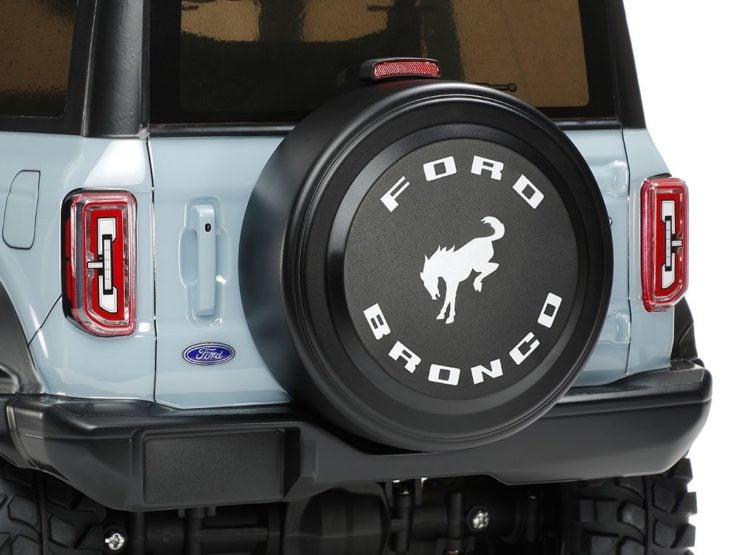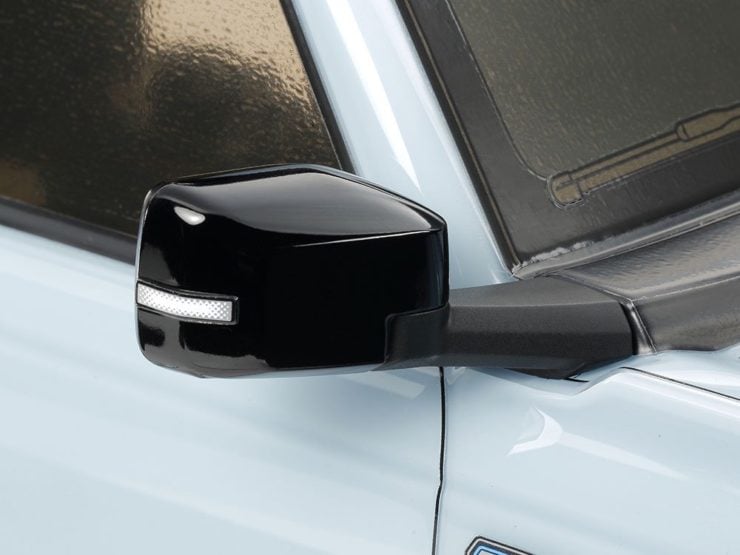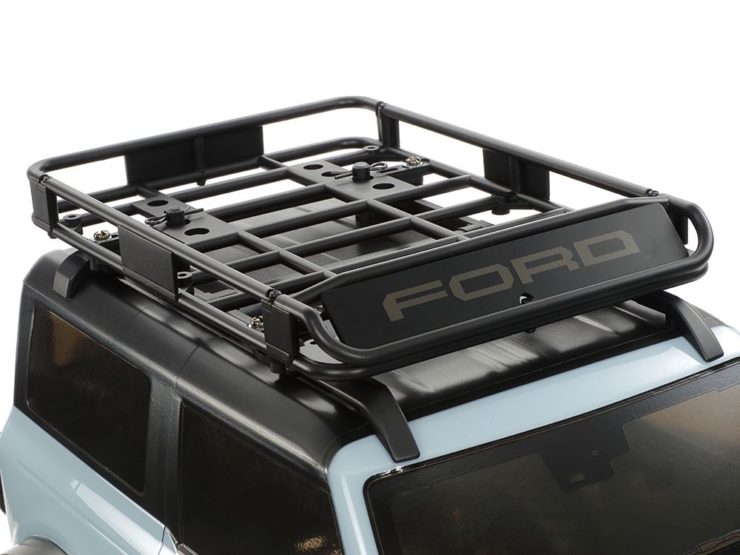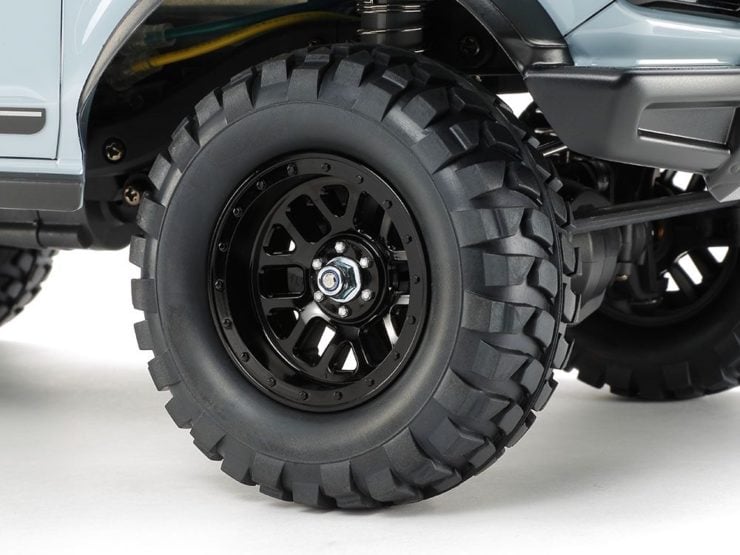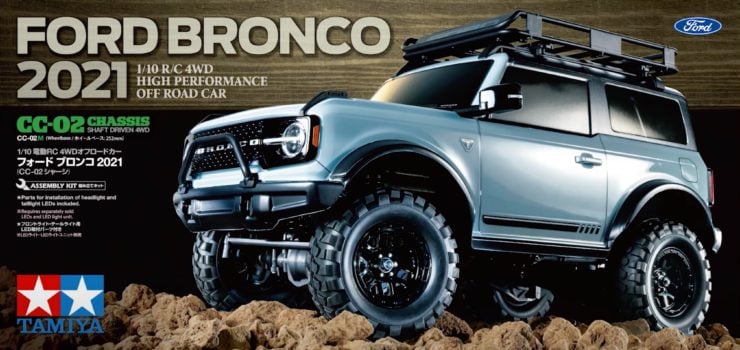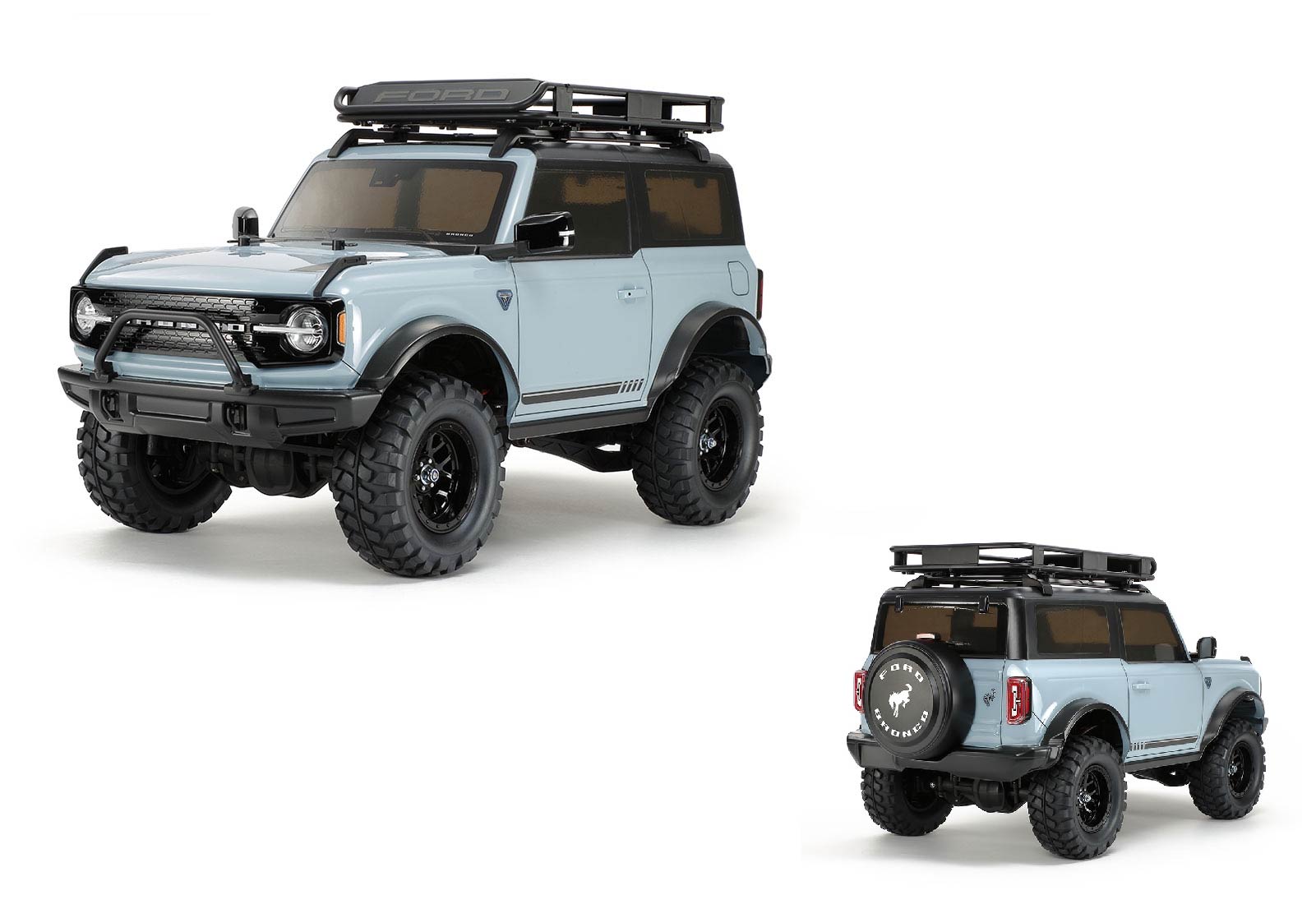This is one of just 10 examples of the Monteverdi 375S built by Italian coachbuilders Carrozzeria Frua, it was also the show car displayed at both the Geneva Auto Show and the New York Auto Show in 1969.
Much later in the car’s life in 2006 it was bought by Jay Leno and added to his collection for a number of years. Though best known for his work on The Tonight Show, Jay Leno is an avid car collector with an expansive collection.
Fast Facts – The Monteverdi 375S
- The Monteverdi 375S is one of the better known low-volume production cars from Swiss automaker Monteverdi. The car was bodied by Italian coachbuilders, and power was provided by a Chrysler V8.
- Monteverdi was founded by Peter Monteverdi in the 1960s, he was a former racing car driver and luxury sports car importer who set out to create his own line of luxury sporting vehicles.
- Switzerland is not well known for automotive production, although a number of automakers have been based there, with Monteverdi being one of the better known examples.
- The 1969 Monteverdi 375S has been previously restored and it formerly belonged to Jay Leno, it’s now due to roll across the auction block with Bonhams on the 3rd of July.
Monteverdi
Monteverdi was founded in 1965 in Binningen, Switzerland by a young Peter Monteverdi. His plan was to build and sell his own luxury sporting cars, and at that time he was probably one of the best suited people in Switzerland to take on the challenge.
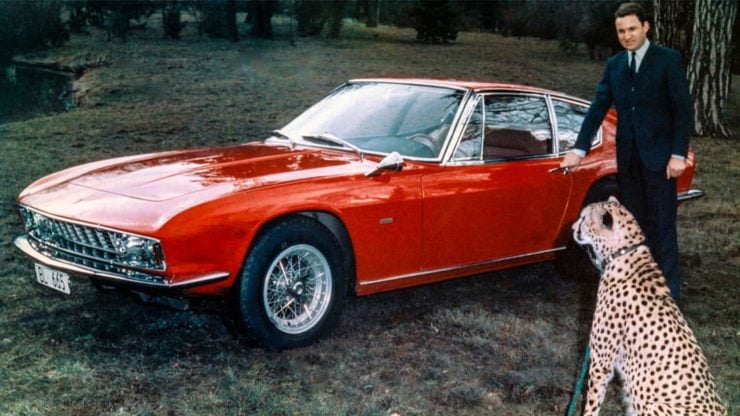
This is a young Peter Monteverdi standing next to a Monteverdi 375S, it’s not clear why the cheetah is there but it was probably period advertising gimmick to showcase the speed of the car.
Monteverdi had inherited his father’s automotive garage business at the age of 22, he revolutionized the company and turned it into a dealership for some of the most desirable cars in the world, including Ferrari, BMW, Bentley, Lancia, and Jensen.
After enjoying an early career as a racing driver, in which he drove Ferraris, a Mercedes-Benz 300 SLR, a Lotus Formula 2 car, and even a Renault Gordini, he decided to throw himself full-time into car production after serious accident at the Hockenheimring.
After establishing his namesake automaker, Monteverdi would release a number of production cars, he would pioneer the concept of the ultra-luxury 4×4 vehicle, and develop Switzerland’s first ever Formula 1 car.
The Monteverdi High Speed 375S
The Monteverdi High Speed 375S was released in 1967 at the Frankfurt Motor Show, it would be the Swiss company’s first production car and the reception was overwhelmingly positive.
Above Video: This is an episode of Jay Leno’s Garage in which he talks about Monteverdi and the 375S. The car in this clip is a later 1970 model bodied by Fissore.
The 375S was based on a steel tubular spaceframe chassis developed by Stahlbau Muttenz GmbH, onto this a lightweight alloy body designed by Pietro Frua was fitted. The engine and gearbox was supplied but Chrysler, which resulted in plenty of power, easy spare part sourcing, and excellent reliability.
Carrozzeria Frua are believed to have built the bodies for the first 10 cars before production switched to Carrozzeria Fissore, also from Italy, from 1969 onwards. There were some differences to the bodies from the two coachbuilders however under the skin things remained much the same.
When ordering your new Monteverdi 375S in the 1960s you had a choice between the 7.0 liter V8 with 375 bhp or the 7.2 liter V8 with 450 bhp. Automatic transmissions were used as standard, and the car sits on double wishbone independent front suspension with a De Dion rear axle.
Ultimately just 16 examples of the High Speed 375S would be built, 10 by Frua and 6 by Fissore, they’re now much sought after and they make an excellent vintage GT car that can be owned without breaking the bank on maintenance.
The 1969 Monteverdi 375S Shown Here
The car you see here is the original show car from both the Geneva Auto Show and the New York Auto Show in 1969. It’s one of the earlier cars bodied by Frua and it was fitted with the 450 bhp 7.2 liter Chrysler V8 from the factory, coupled to an automatic transmission.
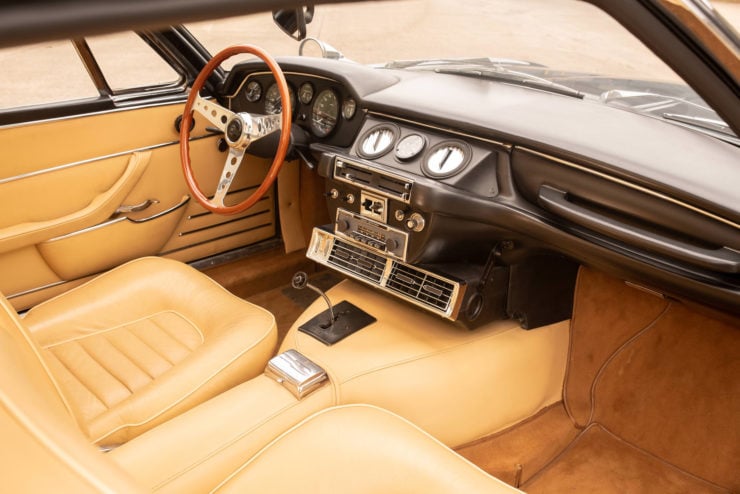
In classic European style, the interior is beautifully appointed and designed for high-speed journeys across the Continent.
The car was first delivered to Washington DC in the United States, and it was originally finished in yellow with a black leather interior.
After a restoration in the early 2000s the car was exhibited at the 17th Concorso Italiano at the Black Horse Golf Club, Seaside, California in August 2003. Further restoration work was completed in 2006, shortly after this the car was bought by Jay Leno who had it in his personal collection for a few years.
The car is now due to roll across the auction block with Bonhams on the 3rd of July in Gstaad, Switzerland with a price guide of CHF 70,000 – CHF 110,000, which works out to approximately $72,000 – $113,000 USD.
If you’d like to read more about it or register to bid you can visit the listing here.
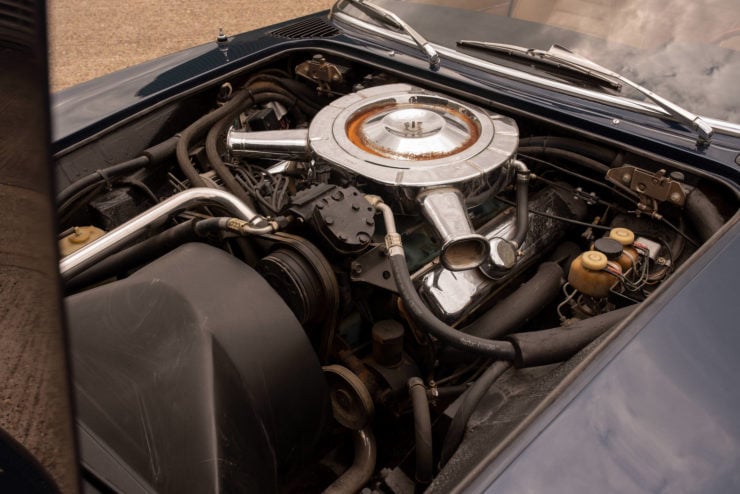
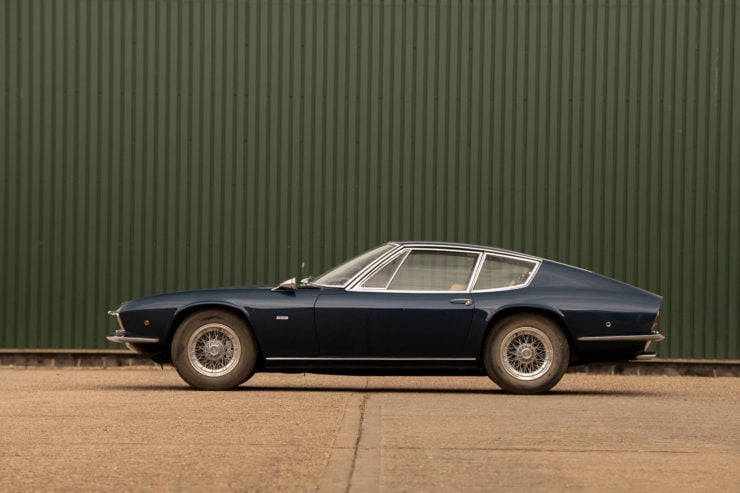
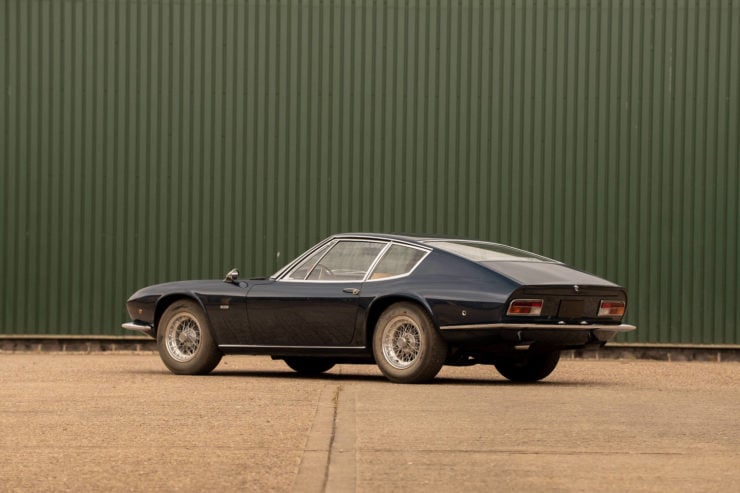
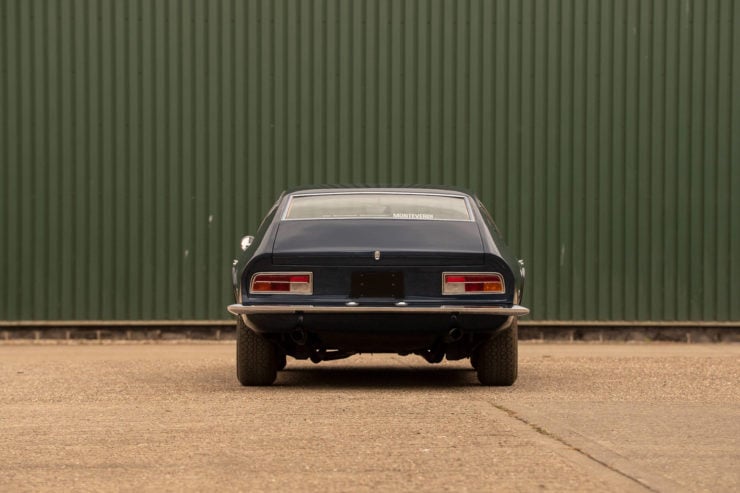
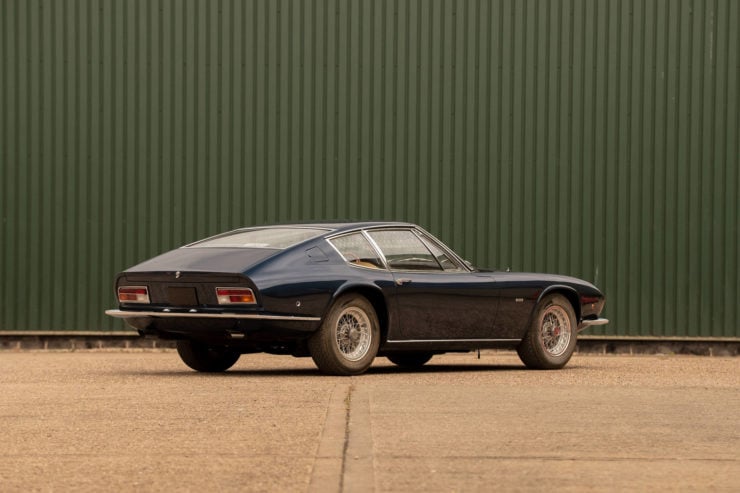
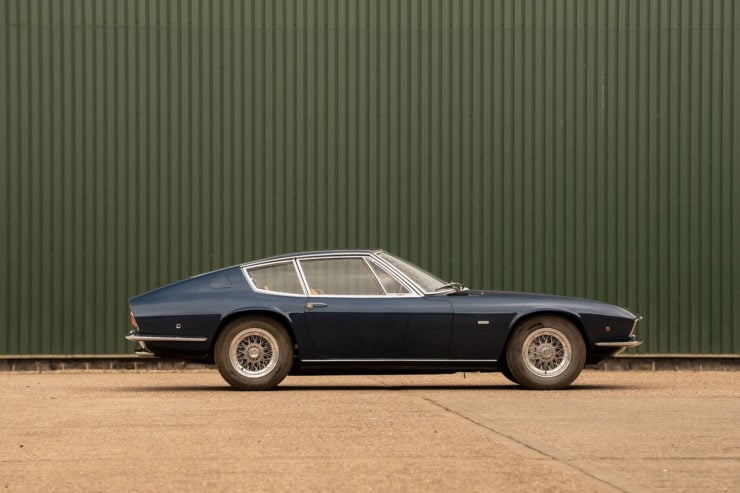
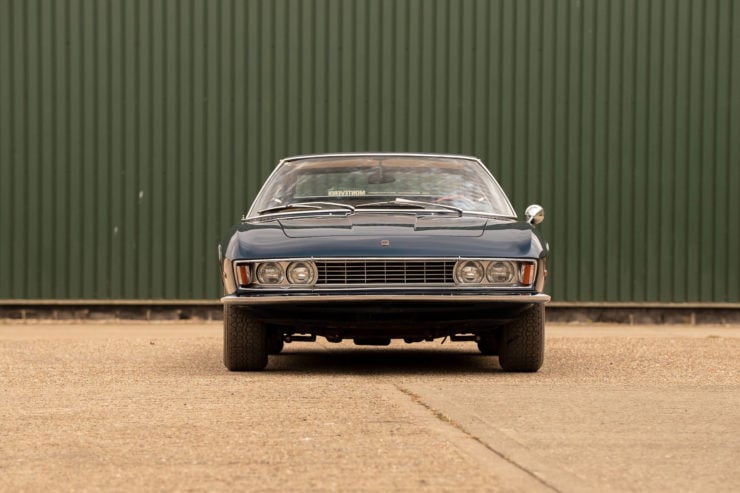
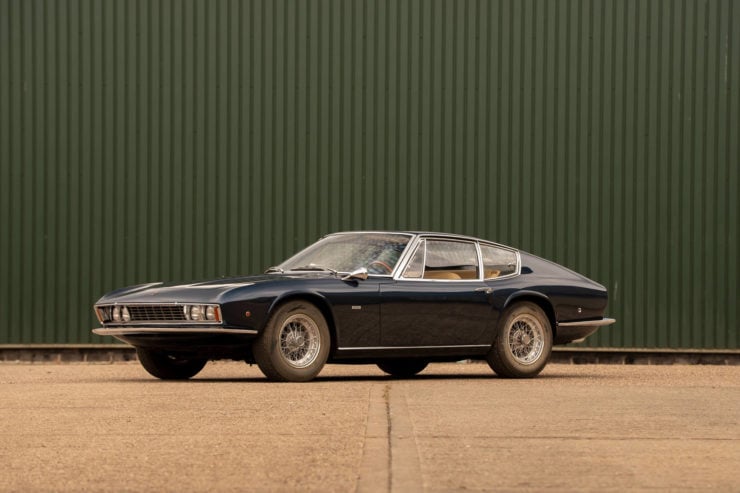
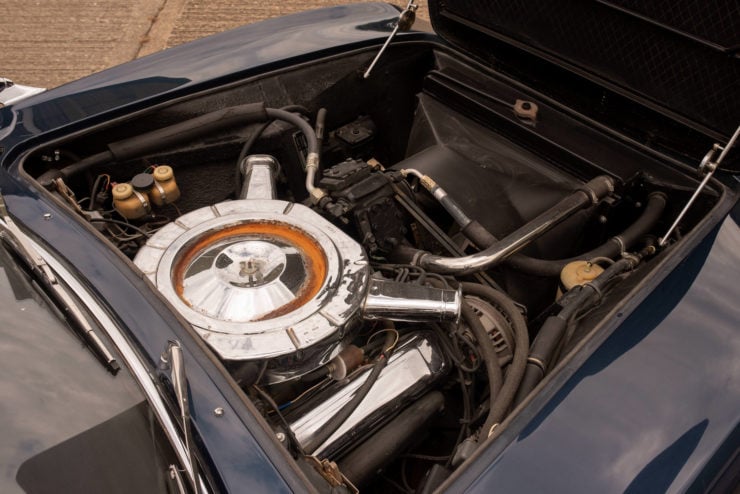
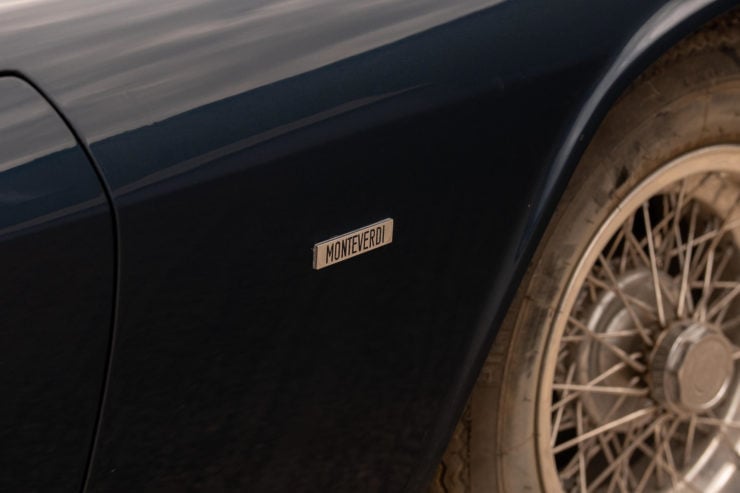
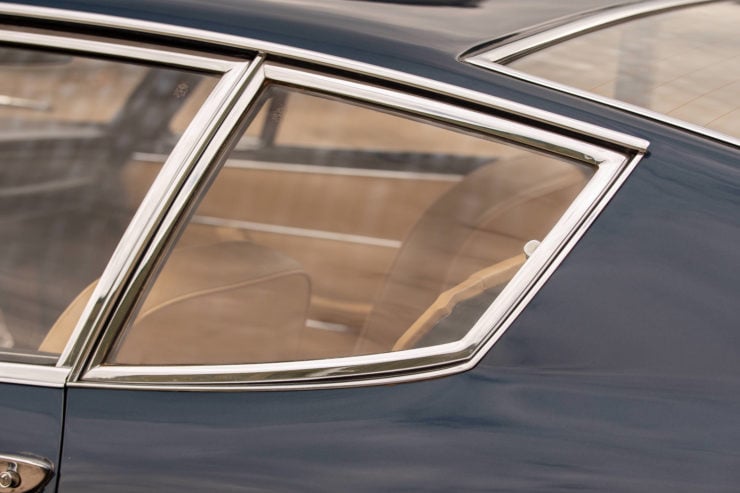
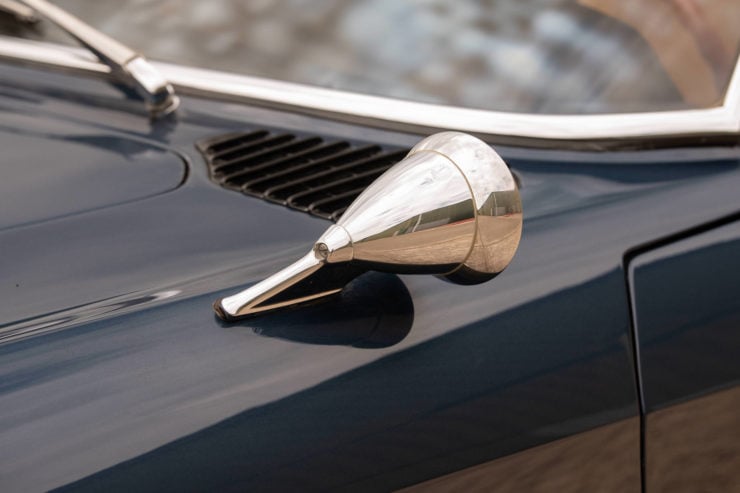
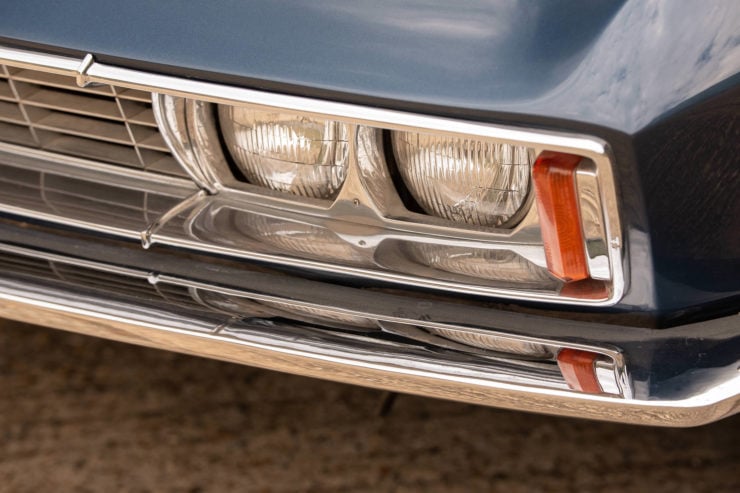
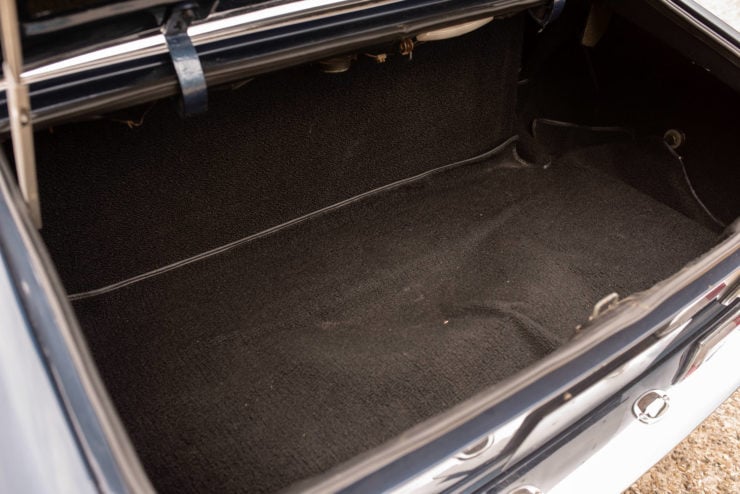
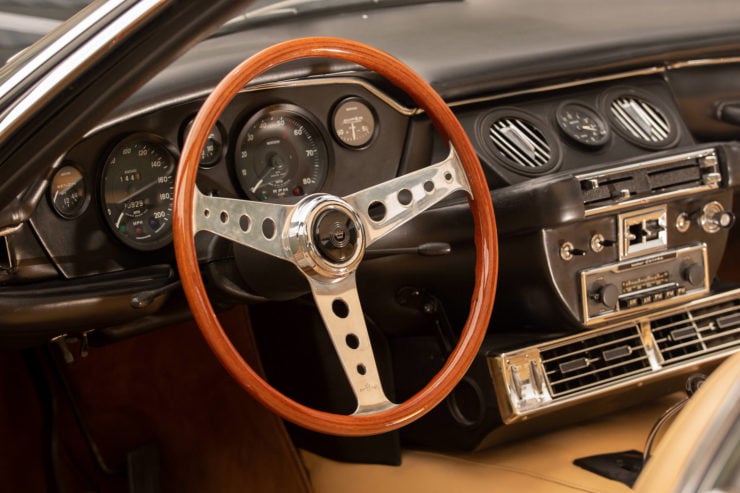
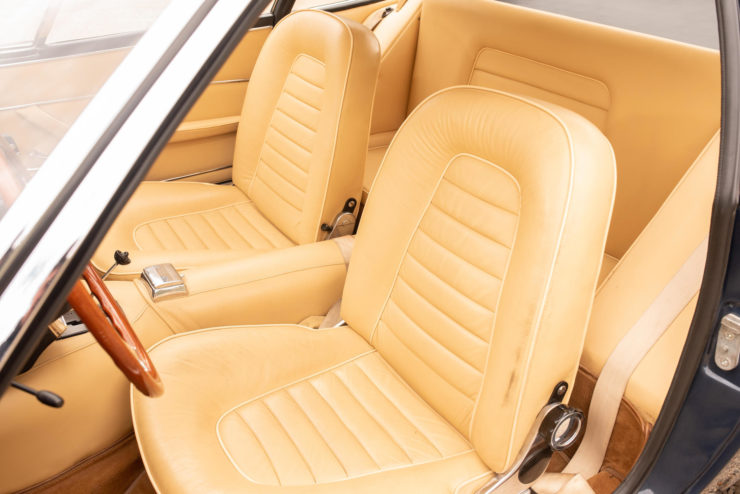
Images courtesy of Bonhams
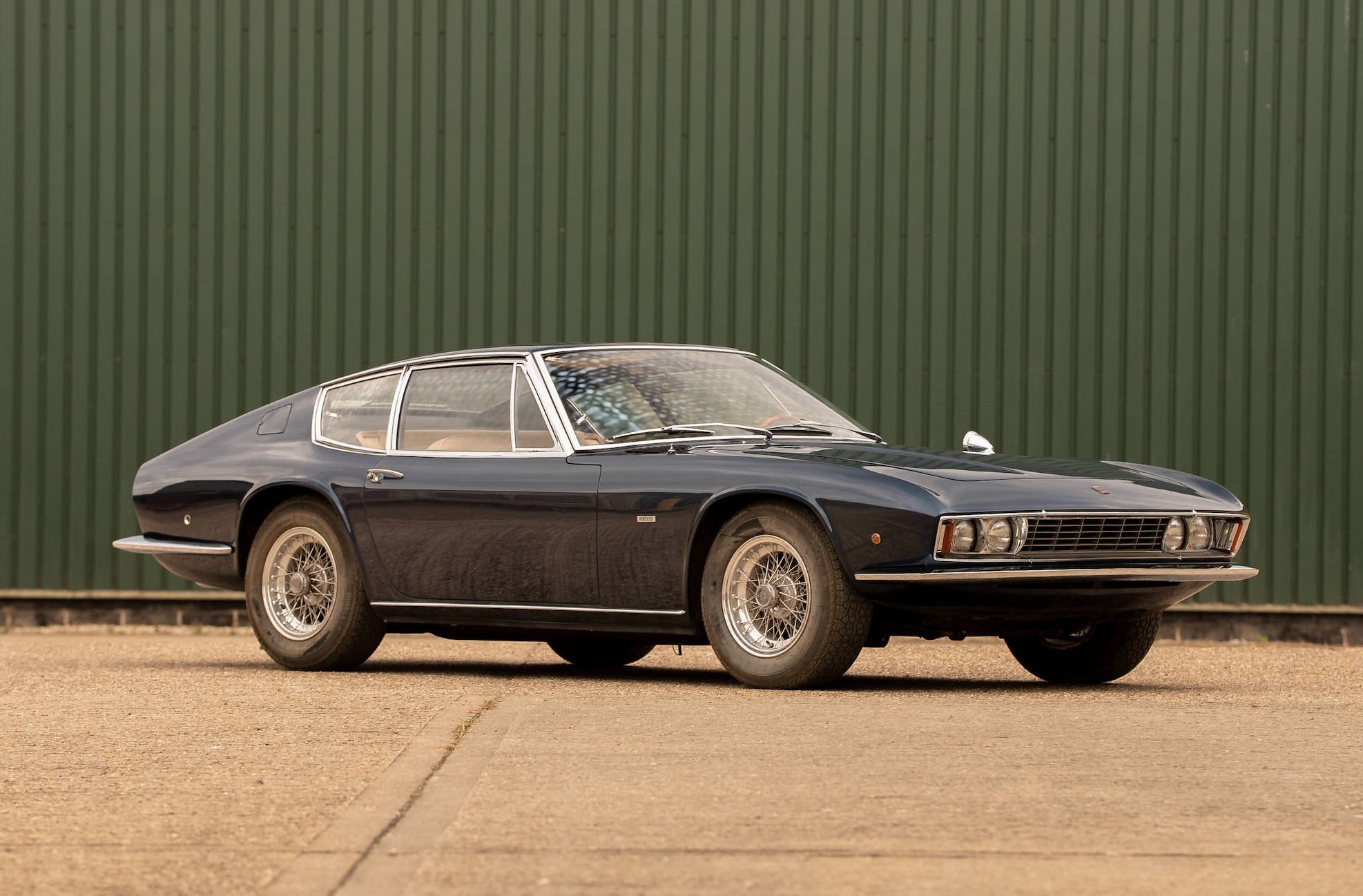
The post For Sale: Jay Leno’s 1969 Monteverdi High Speed 375S appeared first on Silodrome.
from Silodrome https://silodrome.com/monteverdi-high-speed-375s/
via gqrds
